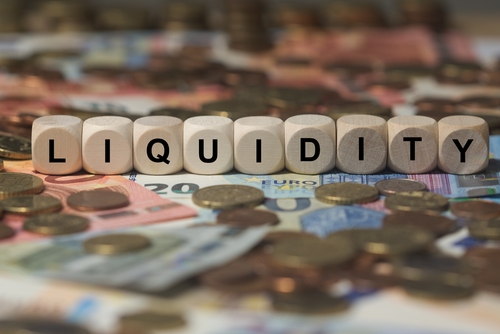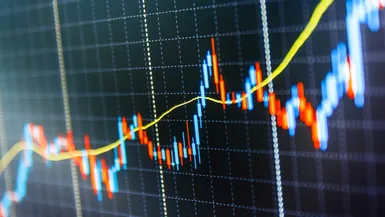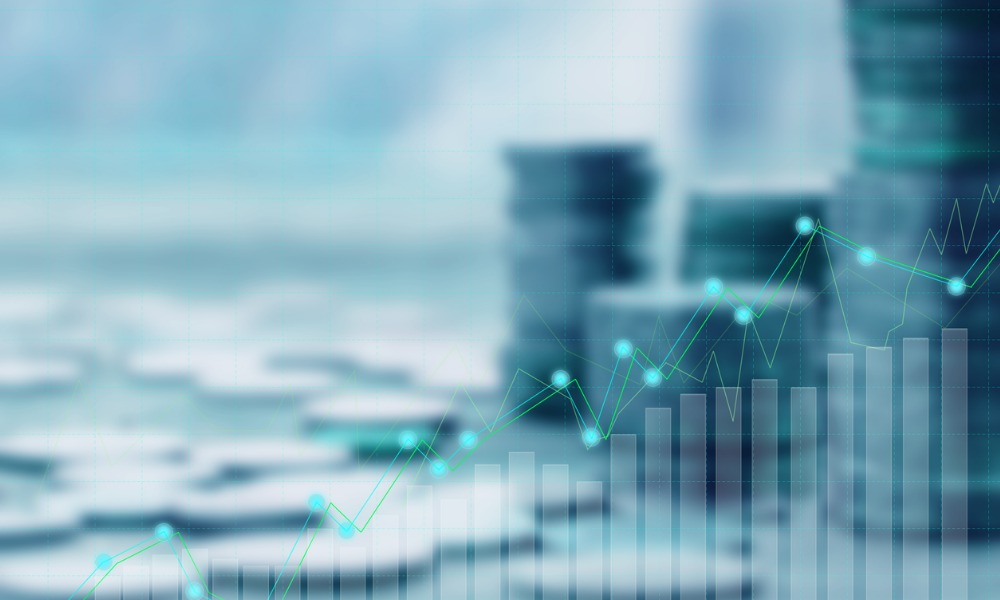In the intricate world of economics, numerous factors influence the overall economic landscape. Today, we’re going to dive into some key indicators that have a big impact on our economy and discuss how they affect us all. We’ll explore GDP, inflation, market volatility, consumer spending, and their collective influence on our overall economic outlook. Understanding these factors is super important for individuals, businesses, and policymakers as we navigate potential recessions, inflation concerns, market fluctuations, consumer behavior, and the broader state of our economy.
Let’s get started!
-
GDP and Recession Concerns:
Gross Domestic Product (GDP) is a fundamental measure of how well a country’s economy is doing. It represents the total value of goods and services produced within our borders. When GDP goes down for two consecutive quarters, we start worrying about a recession. A decline in GDP can happen when businesses invest less, people spend less, or international trade slows down. By keeping an eye on GDP, economists and policymakers can spot potential weaknesses and take action to boost economic growth. This can mean things like cutting taxes or increasing government spending to get the economy back on track.
-
Inflation and the Federal Reserve:
Inflation is when prices go up over time, and it affects all of us. The Federal Reserve, which is like the central bank of the United States, plays a crucial role in managing inflation through its monetary policy decisions. They adjust interest rates and implement other measures to keep prices stable and promote sustainable economic growth. High inflation means our purchasing power goes down, making things more expensive. This can disrupt financial markets and lead to less consumer spending. On the other hand, low inflation or deflation can indicate a slow economy, with reduced demand. It’s all about finding the right balance to keep our economy healthy, with low and stable inflation that keeps our purchasing power intact.
-
Market Volatility and Liquidity:
Ever heard of market volatility? It’s when prices in the financial markets go up and down really quickly. There are lots of reasons why this happens, like economic indicators, global events, or even how investors feel. Volatile markets bring both opportunities and risks for people who invest. They can see big gains or losses in a short amount of time. On the other hand, market liquidity is all about how easy it is to buy or sell assets without affecting their prices too much. Having enough market liquidity is super important for keeping financial markets stable and helping the economy grow. It allows for efficient use of money and resources. When markets become less liquid, it can mean less trading, higher costs, and a lack of confidence among investors.
-
Consumer Spending and Debt:
Consumer spending is a big driver of economic activity. When people feel confident about the economy and their own finances, they tend to spend more. That stimulates growth because businesses produce more, invest in expansion, and create jobs. However, we need to be careful about consumer debt. When people borrow too much, it can be a challenge for the economy. High levels of debt might limit people’s ability to spend and make timely repayments. That can lead to financial problems and less economic activity overall. Finding a balance between responsible borrowing and sustainable consumer spending is really important for keeping our economy healthy. Policymakers keep an eye on consumer debt and put regulations in place to make sure people borrow responsibly.
-
Overall Economic Outlook:
Assessing the overall economic outlook means looking at all the indicators we’ve discussed and how they interact. Economists, analysts, and policymakers constantly keep an eye on these factors to get a sense of how our economy is doing and to identify potential risks or opportunities. When the economic outlook is positive, it means we can expect steady growth, low inflation, and stable markets. That’s great news for businesses, consumers, and the overall economy.
But when the outlook is less optimistic, it might indicate some challenges ahead. In those cases, policymakers may take steps to stimulate the economy, like introducing stimulus measures, implementing regulations, or targeted interventions to get things back on track and promote economic recovery.
Conclusion:
Understanding our economy and all its moving parts is key to making smart decisions. By keeping an eye on GDP, inflation, market volatility, consumer spending, and the overall economic outlook, we gain a comprehensive understanding of what’s happening. This knowledge helps us navigate challenges, seize opportunities, and contribute to a sustainable and thriving economy. Whether you’re an investor, a business owner, or just someone interested in the bigger economic picture, staying informed about these factors empowers you to make sound decisions in our ever-changing economic environment.








